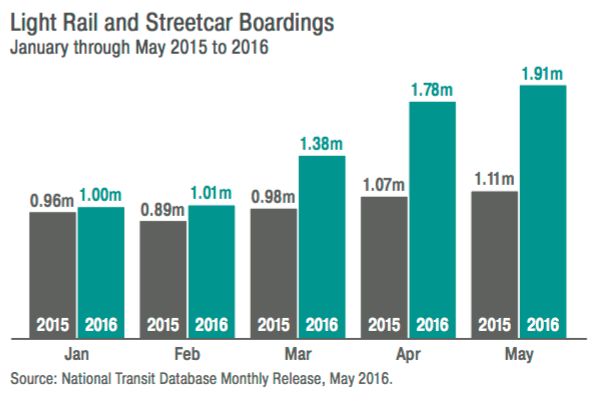District Council Sends Out SOS

1. The Delridge Neighborhood District Council sent out an S.O.S. to “folks from District Councils across the city of Seattle” for its monthly meeting this week, calling it an “open invitation.”
Last week, mayor Ed Murray and his neighborhood director Kathy Nyland announced they’re revamping how the city does its community outreach and will no longer officially take it cues from, or do outreach to, the district councils because data shows the councils are demographically out of sync with the city.
A Department of Neighborhoods survey found that the councils are overwhelmingly made up of white, older, homeowners whereas the median age in Seattle is 36, a majority of the city are renters, and 34 percent of the city is nonwhite. Nyland and the DON said they’re going come up with a new process that finds ways to channel input from more renters, people of color and immigrants, and younger people along with the homeowners, older people, and whites. The change was mandated by an executive order from the mayor, which Murray explained last week made sense because specific department work plans fall under his purview; the practical result of Murray's order means DON staffers, once tasked with being liaisons to the council districts, will have new job descriptions.
The social media blast from the Delridge group says they want to “hear from you about the accomplishments and achievements that your district council successfully implemented on your own… Come tell us stories about the faces and groups that are represented by the bodies at the table at your meetings. Please make every effort to spread the word about this meeting so that we can show the city of Seattle the power that resides in our neighborhoods and districts.”
Deldridge’s District 1 city council member Lisa Herbold is perhaps the one council member most associated with the traditional neighborhood movement. Last week, Herbold fleshed out a position she began articulating last month when Nyland first hinted at the new direction in front of the city council’s neighborhood committee (Herbold’s a member.) Presented with the demographic data, Herbold, a social justice progressive who prioritizes racial equity, acknowledged problems with the district councils, but urged the city not to throw the baby out with the bathwater; she turned the problem back on the city saying the way to improve the district councils would be to fund them better as a way to hold them accountable to changing times—rather than cutting them off.
Telling the West Seattle Blog that district councils should remain in the mix with other issue- and demographic-based boards and commissions that are not geographically based like the district councils, Herbold said, “surely we have room for both,” arguing: “I don’t believe that there is anything inherently undemocratic in a District Council system and that—in addition to identifying and implementing brand new methods of engagement—the improvements to our current system in diversity and representation could have instead been addressed by: A) creating new expectations/metrics for outreach, membership, and involvement; B) city support to District Councils so that they can meet these new articulated expectations; C) consequences for failure to meet these expectations.”
Editorializing here: As an urbanist who wants more density and less NIMBYism, I’m sympathetic with Murray and Nyland’s decision, but there’s an obvious irony. One big deal watchword of Urbanism is “place making,” a planning POV that obsesses over geography. Both Murray and Nyland have stressed that the new approach has to transcend geography in some ways, by, for example, recognizing that communities can be as much defined by race or nationality as by the block that people live one. They have a point, and I think, it's a smart update on yuppie urbanism. But perhaps they should have had a clearer sense of how that aspect would work before rolling it out.
The Delridge District Council meeting is this Wednesday at 7pm at the Highland Park Improvement Club at 1116 SW Holden Street.
2. The Puget Sound Regional Council reports that transit ridership (bus, light rail, street car, and commuter rail) is up 3.6 percent in the first five months of 2016.
In all, the region had almost 2.7 million more boardings in the first five months of 2016 than it did in 2015 for a total of 76.9 million boardings through May 2016.

And focusing on light rail, PSRC reports:
Light rail boardings jumped significantly after the opening of the Capitol Hill and Husky Stadium stations in March 2016 and ridership has continued to increase in the two full months following the March opening. Overall monthly boardings were up 798,000 on the region’s light rail and streetcar networks between May 2015 and May 2016, a 72% increase. Light rail boardings were up almost 5% between April and May of 2016.




